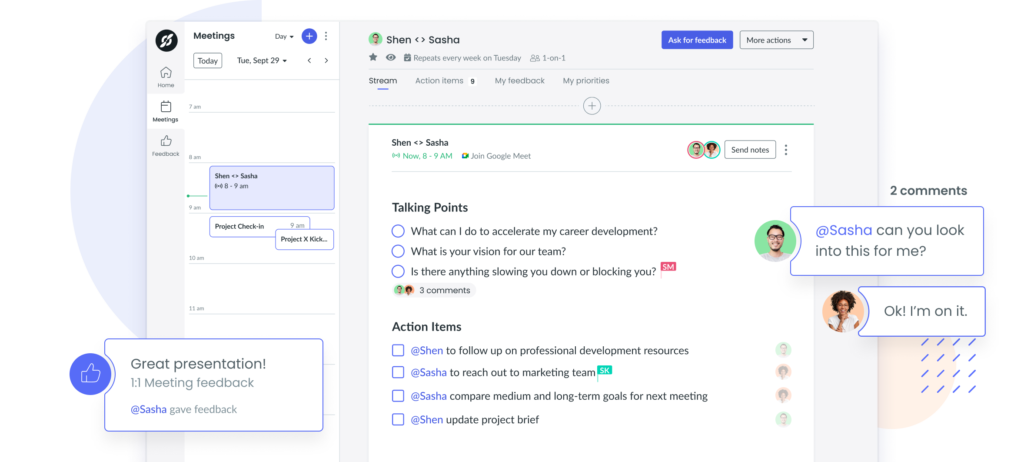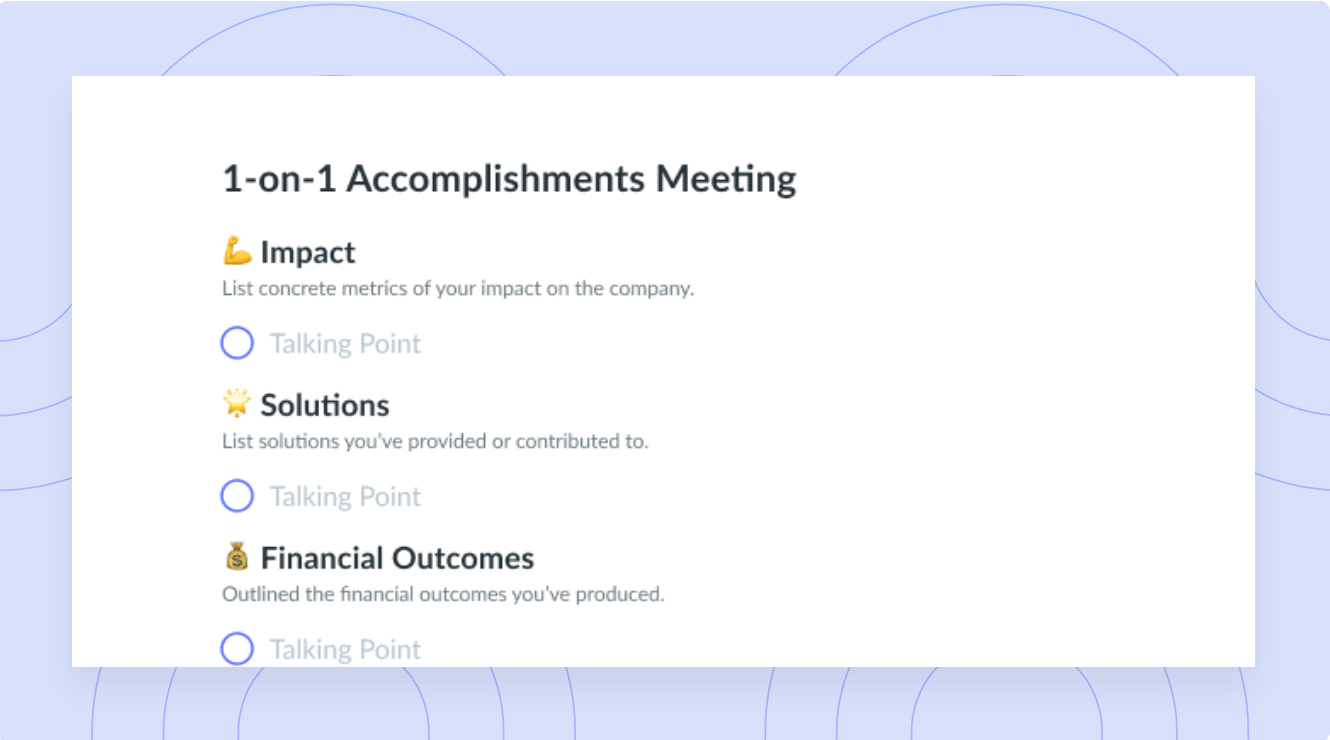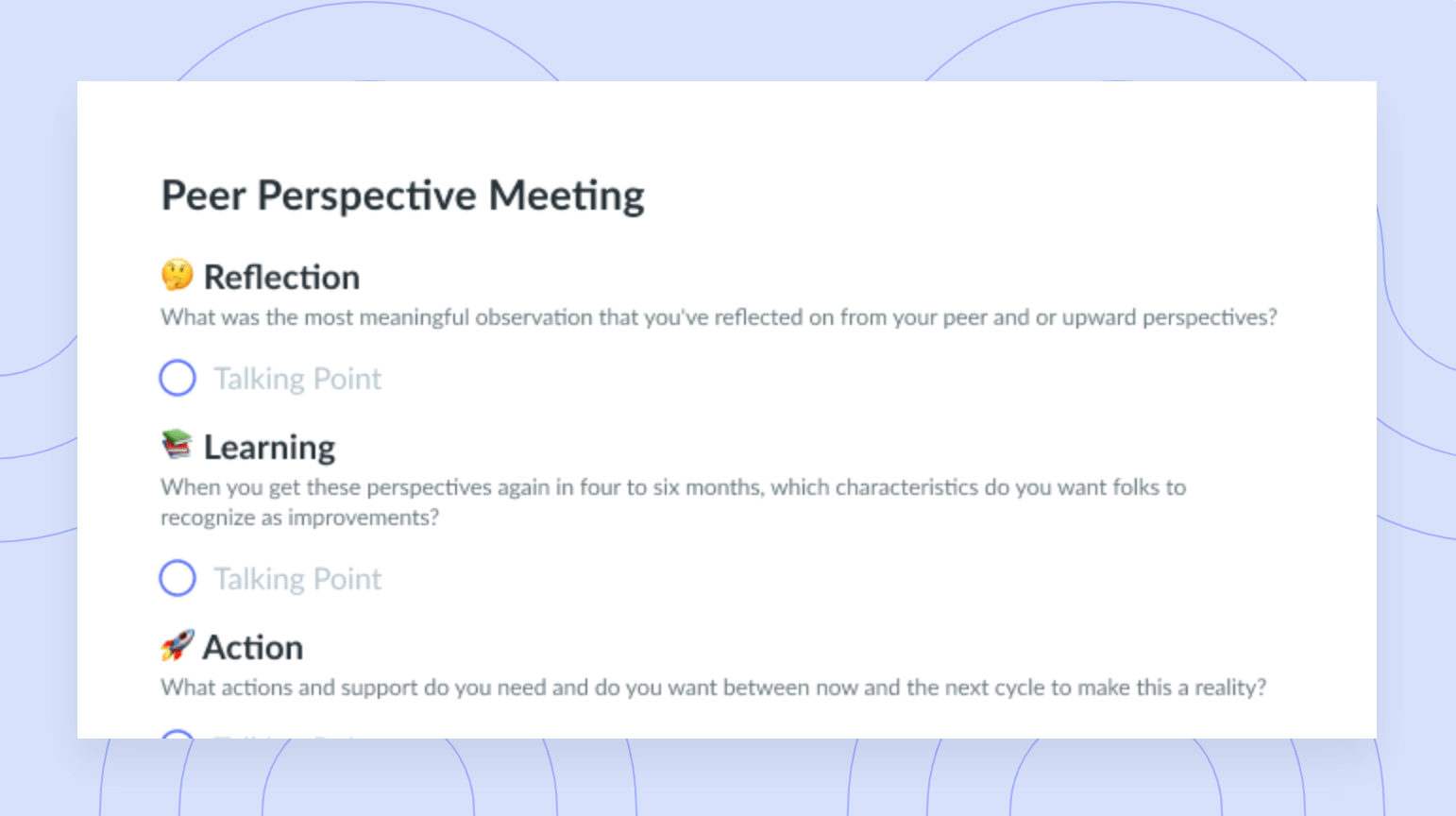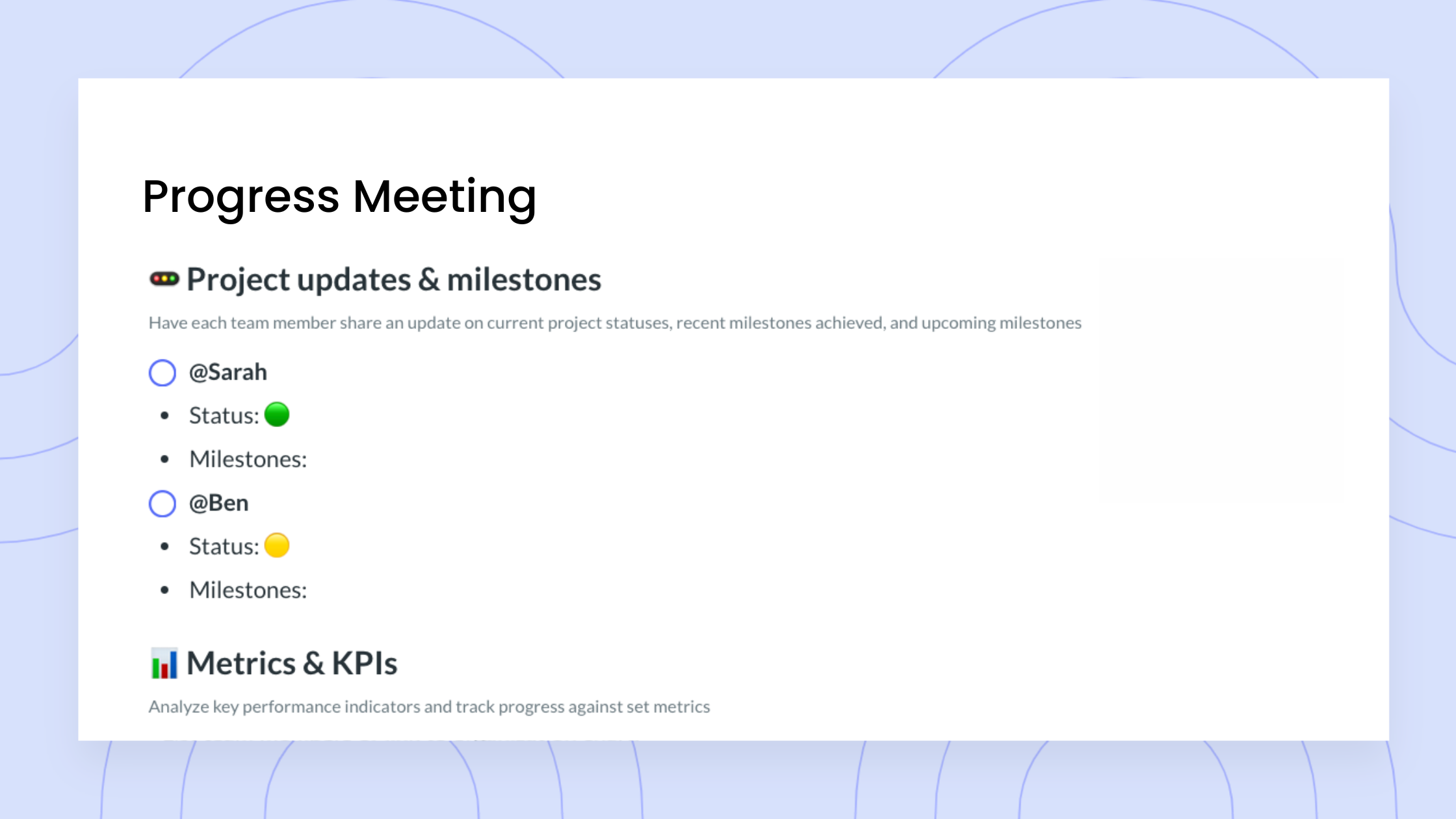8 Tactics to Help Manage Perfectionists at Work
What does a perfectionist look like at work, and how can you support them? Here are 6 characteristics of a perfectionist and 8 strategies to help you manage them!
While managers may appreciate a flawless project or a deliverable for which an employee went above and beyond, this level of perfection is not always attainable. In fact, it’s rare that a task can be delivered absolutely perfectly.
As Winston Churchill once said, “Perfection is the enemy of progress.”
Spending too much time focusing on irrelevant details can slow down project speed, spark friction between team members, and waste valuable resources.
So, in the name of supporting productive workplaces, we’re sharing 6 characteristics of a perfectionist to help you identify them on your team, and 8 tactics to effectively manage them (therefore re-igniting your productivity!)
- What is a perfectionist?
- 6 characteristics of a perfectionist
- 8 tactics for managing a perfectionist
What is a perfectionist?
Perfectionists can be easy to spot when you know their typical behaviours and characteristics. At work, perfectionists are the ones setting the bar consistently high and likely burning themselves out while trying to meet their raised standards. By putting such high expectations on themselves, they might even be negatively affecting their team and inhibiting progress. Recognizing specific behaviors in perfectionists can help you identify them quickly so you can move to reduce any potential friction with your team and projects right away.

Build better relationships
Having a safe space for employees to build trust with their managers and collaborate on talking points is crucial for growth. Try a meeting agenda tool like Fellow!

6 characteristics of a perfectionist
- Fear of failure
- All or nothing mentality
- Difficulty delegating
- Habit of procrastinating
- Tendency to focus on results
- Difficulty accepting constructive criticism
1 Fear of failure
Underlying the majority of a perfectionist’s actions is the fear of failure. Each perfectionist defines their own successes and failures differently, so it can take a long time to notice this characteristic.
As a manager, you can work closely with new team members to gauge how they feel about their ongoing projects. Those that approach tasks with more back up plans than necessary or who plan for a large margin for error are likely afraid of failure.
2 All or nothing mentality
A perfectionist views their work as either a definite success or failure.
Having an all or nothing mentality means they could view an entire project as a failure, even if there were small successes throughout. There is no sliding scale with “pretty good” or “almost” to guide partial project successes.
This extreme approach to thinking may be seen in their planning, communication, and results reporting. For example, they may shy away from presenting a failed project under the belief that it makes them a failed person as well. One small bump in the road can make a perfectionist forget the many successes they’ve had along the way.
3 Difficulty delegating
Perfectionists crave control, and delegating tasks means giving up control. A perfectionist may have trouble trusting other team members to do the job “as well as they can,” and will often vouch to take over the complete project themselves.
Unfortunately, an inability to delegate tasks can create friction between team members who may also want to be involved in a given project. Refusing to delegate can also lead to burnout,which ultimately decreases productivity and team morale.
4 Habit of procrastinating
It can be hard for the average person to find the motivation to start a project. And it can be even harder for someone who needs to know their exact process and methods for completing the project before starting.
Anytime that a perfectionist is unsure, they become hyper aware that there is room for risk. To ensure their best first attempt and minimize risk of failure, a perfectionist is likely to wait until they have an exact plan in place to start a project. They may seek manager approval or some other level of validation before starting into their project, even when this approval isn’t necessary. Because of this, perfectionists are often viewed as the “teacher’s pets” of the workplace.
5 Tendency to focus on results
To a perfectionist, the small successes along the way aren’t valued if the final project is a flop. Many perfectionists also consider small failures as having large-scale effects, and may consider the entire project failed when one thing goes the wrong way. In these cases, they may either leave the project early or shut down the project entirely if they feel it can’t have a successful result.
When a project is completed and they’re required to report the results, a perfectionist may either tweak the results to look better than reality, or may weasel their way out of presenting negative results at all.
6 Difficulty accepting constructive criticism
Offering constructive criticism is a great way to help a team member grow, both personally and professionally. However, for a perfectionist, constructive feedback may feel more offensive than helpful.
At its core, constructive feedback signifies that there is room for improvement. While recipients don’t have to agree with constructive feedback, perfectionists who think in extremes may immediately equate the conversation to failure before they can sit back and reflect on the feedback they were given.
8 tactics for managing a perfectionist
- Acknowledge their positive traits
- Coach them to delegate
- Help them avoid micromanaging
- Prioritize their tasks
- Ensure they’re in the right role
- Create a safe space
- Offer constructive feedback
- Assure them that failure is ok
1 Acknowledge their positive traits
Working at a high standard means that perfectionists often raise the standard for people around them as well. Perfectionists are dedicated to their work, detail oriented, organized, and good at researching. Keep in mind that these are good skills, just presented at an extreme.
A perfectionist may have good frameworks and processes they rely on for projects, and working with them to make these processes more efficient and flexible for the rest of the team could benefit everyone.
2 Coach them to delegate
Over-delegating and under-delegating are both very real challenges. Perfectionists are likely to under-delegate, because they want control over the projects at hand.
Going through and examining the entire workload available is one key way you can teach the perfectionist to start delegating. Together, you can determine which tasks are the highest priority or the most preferable to them. The other tasks can then be reassigned to someone else.
After a while, you can encourage the perfectionist to delegate their preferred tasks to another competent team member. Hopefully when they see the project can still be a success when done by someone else, they’ll be able to gain trust in other team members to get jobs done.
3 Help them avoid micromanaging
When a perfectionist starts delegating tasks, they risk becoming micromanagers. Micromanaging stresses your employees, lacks trust, and isn’t scalable. It’s not possible for a perfectionist to do their own job and ensure their team members’ jobs are done correctly.
With your team, establish a workflow that outlines clear expectations for project check-in frequencies and feedback periods. The perfectionist team member can still learn about project updates at check-in meetings, but can otherwise spend their time focusing on their own work.
4 Prioritize their tasks
Perfectionists may struggle to deliver their projects on time. Focusing on small details or feeling put off by small failures throughout the project may delay their project delivery date.
Setting specific timelines in their action items using a tool like Fellow can keep them on track. Prioritizing tasks and labeling urgent vs. non urgent requirements can also help them stay focused on the project’s most critical elements.
5 Ensure they’re in the right role
You want your employees to enjoy their work, and the feeling of enjoying work partly comes from them doing work that they can do well. Giving them tasks and projects that play to their strengths can make them feel in control of their project.
It’s also helpful to evaluate whether the role in its entirety is well suited to a perfectionist. Consider:
- Is this a high-paced role where they have to act quickly?
- Is this a new role with a lot of experimentation and unknowns?
- Does this project depend on the opinions of a lot of other stakeholders?
If so, it may be worth looking into other projects or roles that allow for the team member to put more detail and time into their work.
6 Create a safe space
As a manager, you’re there to help your team members succeed. Hosting weekly one-on-one meetings is a great way to discuss the types of work that they enjoy, their thoughts on current projects, and any issues that may arise. Knowing the type of work that they do and don’t enjoy may help with allocating projects and ensuring smooth workflows.
In these meetings, it’s also beneficial to discuss both of your expectations for the project or role so you have a clear, mutually agreed upon guideline for project success.
7 Offer constructive feedback
No one is perfect!
Help them handle constructive criticism by using a supportive tone and encouraging them to ask questions or share their perspective on projects. Breaking down projects into smaller wins and losses may also be a good way to frame how constructive feedback fits into the bigger picture.
8 Assure them that failure is ok
Most perfectionists have a fear of failure. Being available for questions and offering positive feedback regularly can help you encourage a perfectionist to work on new deliverables.
Failure is always a learning opportunity. Recognizing failure and turning it into a problem-solving activity is a great way to provide a perfectionist with more involvement in a project.
Parting advice
While an unmanaged perfectionist could negatively affect their team’s productivity, a supportive leader can encourage perfectionists to perform more efficiently and cooperatively. Taking extra time to understand your team members can help you pinpoint the areas in which they need more support (like with delegating, prioritizing, or accepting constructive feedback).
When working with a perfectionist, you should show them that success can take many forms. As their role model, you can demonstrate that there are different ways of achieving a similar end result, and that small successes are still valid wins.
Above all, keeping a safe and supportive space will help you leverage the positive characteristics of a perfectionist into a high-performing team player in no time!





![Better Connect with Your Team Through Peer Meetings [Free Template]](https://fellow.app/wp-content/uploads/2022/03/peer-meetings.jpg)






















